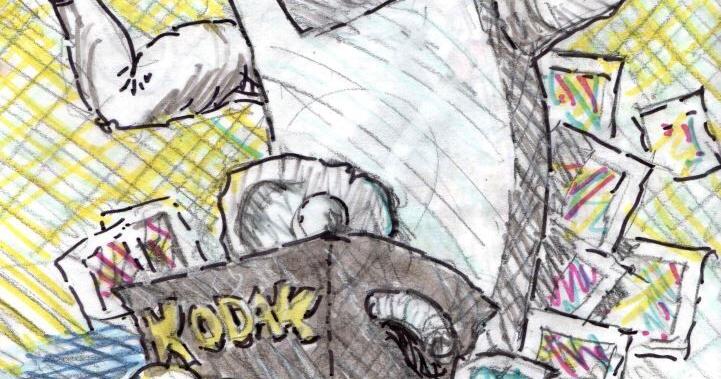According to the Unclaimed Baggage Recovery Report, 2 million items will be left behind at airports in 2023. Only 10% of lost items are claimed and then found.
Whether it’s a cherished piece of jewelry or your car keys, losing things is a stressful and time-consuming part of life. On average, people spend 2.5 days a year searching for lost items, according to a 2023 Lostings study. But new technological innovations could dramatically reduce this statistic.
Bluetooth tracker company Tile pulled together travel industry data, news reports and product information to explain how technology is changing the lost-item landscape.
When Andrew Jensen and Meredith VanAcker’s car was towed away without warning, they spent a week searching for it by bicycle, key fob in hand, through the streets of their Brooklyn neighborhood. They joined the ranks of tech-savvy people trying to eradicate lost property by equipping their car with an electronic tag that allows them to track its location in real time.
It’s not just individuals: Hotels are also adopting digital lost-and-found technology. New apps streamline the otherwise arduous task of cataloging items left in guest rooms. Employees can use the app to take a photo of the lost item, which then identifies the image with an auto-tag that can also identify the brand logo, and links the item to a GPS location stored in the app’s database, making it instantly accessible to other staff.
Next time you’re out and about, consider these hacks for using technology to keep track of your most prized possessions.
Use a Bluetooth tracker to back it up, but be aware of its range and battery life limitations. The case of Valerie Shibala’s lost luggage made headlines in late 2022, when a tracking device she attached to her suitcase showed her lost luggage reuniting with her in circuitous locations, including a McDonald’s and an apartment that wasn’t Shibala’s home. At the time, airline representatives insisted the luggage was in a safe location.
Tracking devices can pinpoint an item’s location using Bluetooth technology, which sends an encrypted, anonymized SOS-like signal between nearby mobile devices, helping pinpoint the exact location of a tagged item.
Different products are compatible with different smartphones, computers, and apps. Whatever product you use, check the battery life of the electronic tag; some products have batteries that last for one year, while others claim they can last for three years. Similarly, different products have different ranges, with GPS trackers offering the longest range of detection without relying on the phone, which must be kept somewhat close to maintain the Bluetooth connection.
Bluetooth technology allows the product to notify users of the location of tagged items when they’re within range, and it works with Amazon’s Alexa system so you don’t need to look at the app – just say “Alexa, find my stuff.”
When electronic tags don’t work, stick Bluetooth or QR code labels. QR code stickers on bike helmets, reusable water bottles, hard-shell luggage, and other small items reveal a custom message and contact information when scanned, making it easier to return the item. Stickers are less bulky and more affordable than electronic tags.
According to the 2024 Uber Lost and Found Index, luggage, headphones, wallets, laptops and tablets are among the top 10 most commonly forgotten items – all of which can be easily returned with a QR sticker.
Travel with airlines that use RFID tag tracking. In 2016, Delta became the first major airline to adopt radio frequency identification tags. According to the International Air Transport Association, RFID tags are more efficient than barcode tracking, but only 27% of airports have implemented them.
Air transport technology provider SITA reported that the number of mishandled bags – delayed, lost, stolen, damaged or pilfered – doubled at airlines and airports between 2021 and 2022. The majority of mishandlings were attributed to post-COVID staffing shortages.
Globally, 44% of airlines have adopted an international resolution to provide baggage tracking systems that track luggage from check-in to arrival, and according to SITA, by 2025, 67% of airlines will provide real-time information on travelers’ baggage, up from 25% in 2023.
Use your phone’s settings to make it simple. Many phones offer options to make it easier to remember where you put items, rather than simply retracing your steps. You can use reminder apps that will notify you of any items you must not forget when you leave their designated location.
Google Maps and Apple Maps allow users to save where they parked within the app, but simply taking a photo of the street sign where you parked your car can be enough to jog your memory and save you the trouble of driving around the neighborhood trying to remember where you parked.
Story edited by Nicole Caldwell. Copy edited by Kristen Wegrzyn.
This story originally appeared on Tile, produced and distributed in partnership with Stacker Studio.

